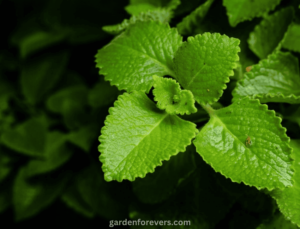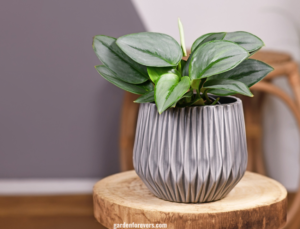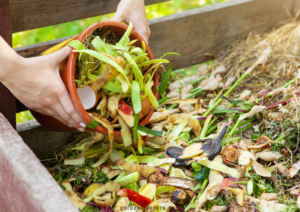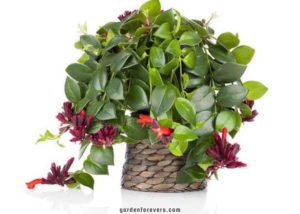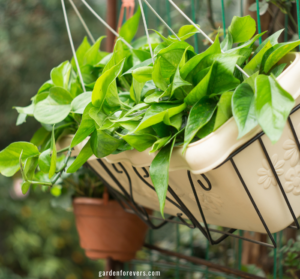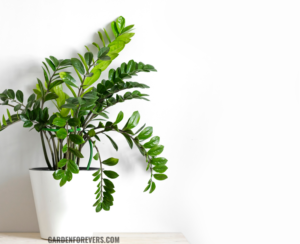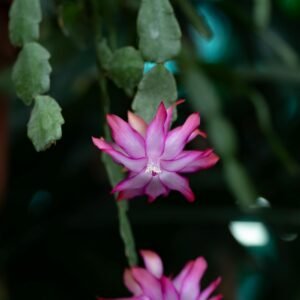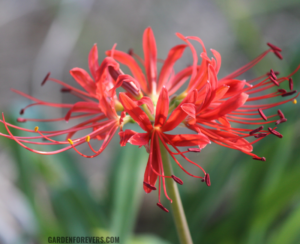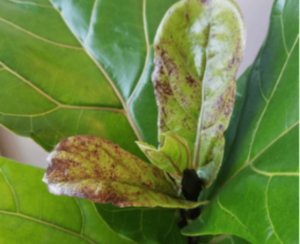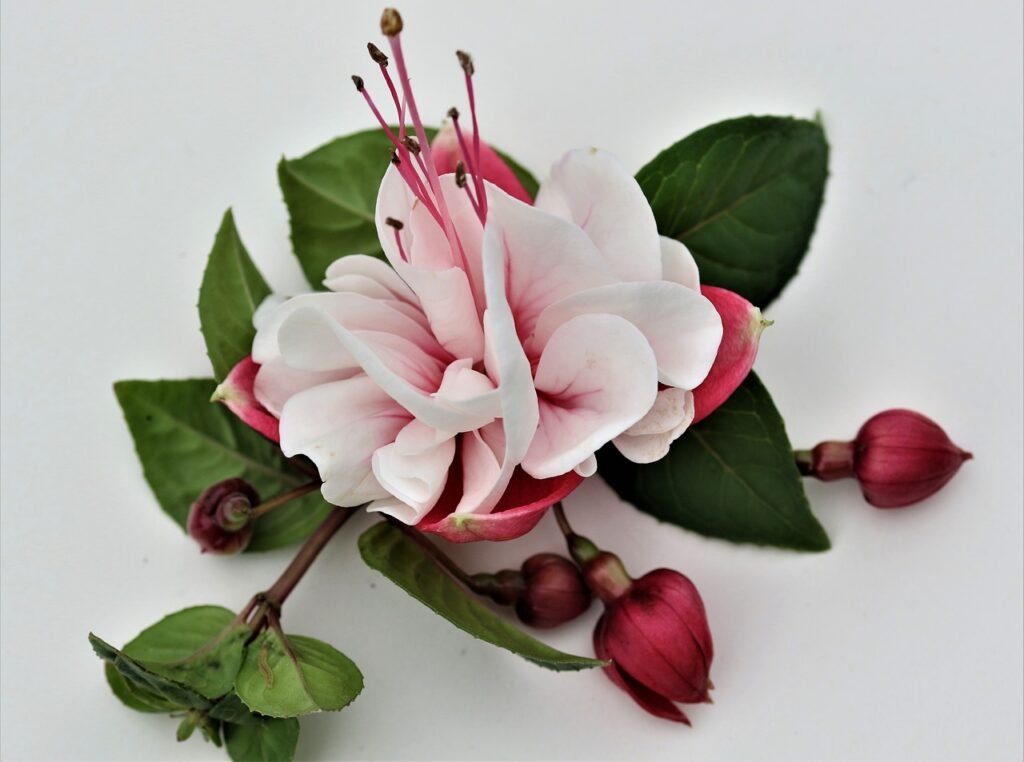A Comprehensive Guide to Growing and Caring for Aloe Vera Plant indoor or outdoor

Aloe Vera has been widely recognized as a medicinal plant for thousands of years. Its properties are highly sought after by everyone, surpassing those of all other plants. Aloe Vera easily thrives in homes without requiring much care. Its species grow significantly without water and readily become succulent. Aloe Vera gel has long been solving various human skin problems. It’s particularly effective against skin issues like acne and burns. If you have hair problems, Aloe Vera gel becomes crucial. Its effectiveness is so remarkable that it’s being researched for combatting certain cancers. Learn from botanists how to take care of this aloe vera plant indoor or outdoor in your home, how to apply it, water it, and when to harvest everything.
Types of Aloe Vera

There are many varieties of Aloe Vera, with approximately 500 known types. Selecting the right one for your needs or preferences can be a thoughtful process. However, depending on your climate and environment, you should choose a beautiful Aloe Vera species.
- Aloe Vera Barbadensis: If you want to make gel for your skin, this is the most popular and widely used type.
- Aloe Vera Decotoma.
- Aloe Vera Aristata.
- Aloe polyphylla.
How To Plant Aloe Vera
Before planting Aloe Vera, consider whether you want to plant it indoors or outdoors. However, planting Aloe Vera indoors is relatively easy. Though simple, you should follow some steps.
Planting Indoors
If you want to plant it indoors, select an appropriate pot. Make sure it has drainage holes at the bottom.
- Fill half of the pot with cactus soil.
- Place your chosen Aloe Vera plant from the nursery into the pot and fill the rest with soil.
- Water it lightly afterward.
Planting Outdoors
If you prefer planting it outdoors, first select a well-drained area where water won’t accumulate.
- Dig a hole twice the size of the pot the Aloe Vera is in. Then, add fertilizer as needed.
- Keep the baby plants about 6-12 inches apart, depending on the species.
- For medium-sized plants, keep them 12-18 inches apart.
- For larger plants, maintain a distance of 18-24 inches.
How to Care for and Grow Aloe Vera Plants

We’ve finished all our tasks, now let’s learn how to nurture and care for them easily. Aloe vera, also known as or cactus, is a Succulent Plant native to arid regions. It thrives in warm environments and can easily thrive even with minimal care. Although they don’t require much attention, they grow easily.
Light
Aloe vera plants prefer plenty of sunlight. If you place them outdoors, they thrive best with six hours of sunlight. They also grow well indoors near windows, especially if placed on the southern side where they receive direct sunlight. However, excessive sunlight exposure may lead to some issues with the plant :Leaves may turn red or brown and may become somewhat withered .The plant may become leggy, with thin stems and fewer leaves.
Insufficient Sunlight : If the Aloe vera plant doesn’t receive enough sunlight, its growth may slow down. The leaves may become pale, and new shoots may be scarce.
Soil
Choosing the right soil for Aloe vera is crucial. They prefer well-draining sandy soil, similar to that of cacti. Cactus mix soil works well for them. Aloe vera plants prefer slightly acidic soil with a pH level between 6.0 to 8.0. The soil should be light and airy to allow proper air circulation.
Water

While Aloe vera plants can tolerate drought-like conditions, they do need water occasionally. They don’t require frequent watering due to their succulent nature. Water them when the soil has completely dried out. However, be cautious not to overwater as it can lead to root rot. During the winter months, reduce watering as the plant is less active.
Fertilizer
Aloe vera plant indoor or outdoor don’t require heavy fertilization. However, during their growth period in spring and summer, they can benefit from some extra nutrients. Prepare a fertilizer specifically for cacti and succulents and apply it sparingly. The ideal NPK ratio for Aloe vera is around 10-10-10 (Nitrogen, Phosphorus, Potassium). Avoid fertilizing newly planted Aloe vera for at least six weeks. Refrain from fertilizing during the winter months.
Humidity and Temperature
Aloe vera requires higher temperatures because it is a species native to desert environments. A temperature range of 65 to 85 degrees Fahrenheit during the day allows it to thrive beautifully. It can withstand very cold weather conditions. So, if it gets too cold at night, bring it indoors.
Common Pests & Problems
Like all plants, aloe vera has some common issues. However, it’s not very prone to diseases. Overwatering can lead to root rot. If you give too much water to aloe vera plants, they can suffer from root rot. Some pests attack aloe vera. They sit on the leaves and suck the sap, making the plant very weak. Among them, some common pests are mealybugs, mites, and thrips. If the infestation is severe, you should definitely use a pesticide. Always try to plant disease-resistant aloe vera varieties.
How to Harvest Aloe Vera

The best time to harvest aloe vera leaves is when the plant is fully mature, typically in spring or early summer when it’s most active. Choose a ripe, juicy leaf and carefully cut it with a knife, discarding the lower part. Trim off the pointed ends and extract the gel for use. If you have allergies, take caution before using it.
If you need a substantial amount of clear gel from an aloe vera plant, select a whole leaf. Trim off the outer spiky edges and peel away the top green layer to access the gel inside. Store the harvested leaf wrapped in plastic in the refrigerator for up to two days.
Aloe plants also enhance indoor decor when not harvested frequently. For those who enjoy its aesthetic appeal, consider growing aloe in separate pots—one for medicinal use and another for decorative purposes.
Top Benefits of Aloe Vera Plant
Aloe Vera is a very familiar name to us. The name itself signifies an essential medicinal plant in our minds. Its properties are well-known for soothing skin, taking care of various skin problems, and healing wounds from various injuries. However, it is essential to use it properly; otherwise, you may not reap its true benefits. Often, we don’t learn how and when to use it for various purposes .
Stop hair fall with Aloe Vera
Many of us suffer from hair fall issues. The importance of hair for human beauty is immense. However, hair fall starts at a young age for many. Aloe Vera gel is very effective in reducing hair fall. It contains polysaccharides, vitamins, minerals, and antioxidants, which make the hair strong and smooth. How will you use it?

- Mix equal amounts of coconut oil and Aloe Vera gel, apply it to the hair, and wash it off after 15-20 minutes. Take the same amount of oil and gel; for example, if you take 1 teaspoon of oil, then take 1 teaspoon of gel.
- You can mix Aloe Vera gel with honey, egg white, and coconut oil. This is very effective. Wait for 30-40 minutes after applying it, then you’ll get very good results.
Potential to fight breast cancer
Aloe Vera is being talked about by many scientists regarding its significance in fighting Breast Cancer, claiming it to be highly beneficial. However, final conclusions are yet to be reached as ongoing tests have not yielded conclusive results. Since Aloe Vera is rich in antioxidants and enhances the body’s disease resistance, it fights against cancer cells and keeps the body away from various diseases. For breast cancer, you can do several things regularly:
- Avoid any form of smoking.
- Exercise regularly and take a walk in the morning.
- Follow a healthy diet routine.
Remove Makeup
Aloe Vera gel lacks the presence of any chemical substances, making it highly absorbable. Because it doesn’t cause any damage to the skin, it is very suitable for sensitive skin. It soothes and moisturizes the skin effectively. After applying makeup, often the face feels burnt. For this, you can gently apply Aloe Vera gel with a clean cotton ball, then rinse it off with clean water.
Combat Infections
Cream or gel, this is very familiar as a remedy. Because when we get minor cuts or injuries, we benefit a lot from applying aloe vera gel. Since aloe vera has antioxidant, anti-inflammatory, and antibacterial properties, it is very effective. After cleaning the wound, apply aloe vera gel nicely and wait for 15-20 minutes. And if your wound or infected area feels very red or painful, then you should consult a doctor.
Aloe Vera for Inflammatory Acne
If you have a lot of acne on your face, it feels very uncomfortable. It feels bad with you and doesn’t look very good either. To get rid of acne, you should definitely use aloe vera gel. Since it has no chemical irritants, you can easily use it and benefit from it.
Advice:
If you do not notice any improvement after using aloe vera gel for several days, then you should not take any further steps at home. Because now you need the guidance of an experienced doctor. Definitely have your skin checked by a dermatologist. Remember, health is the key to all happiness.

